DXY is not going away. 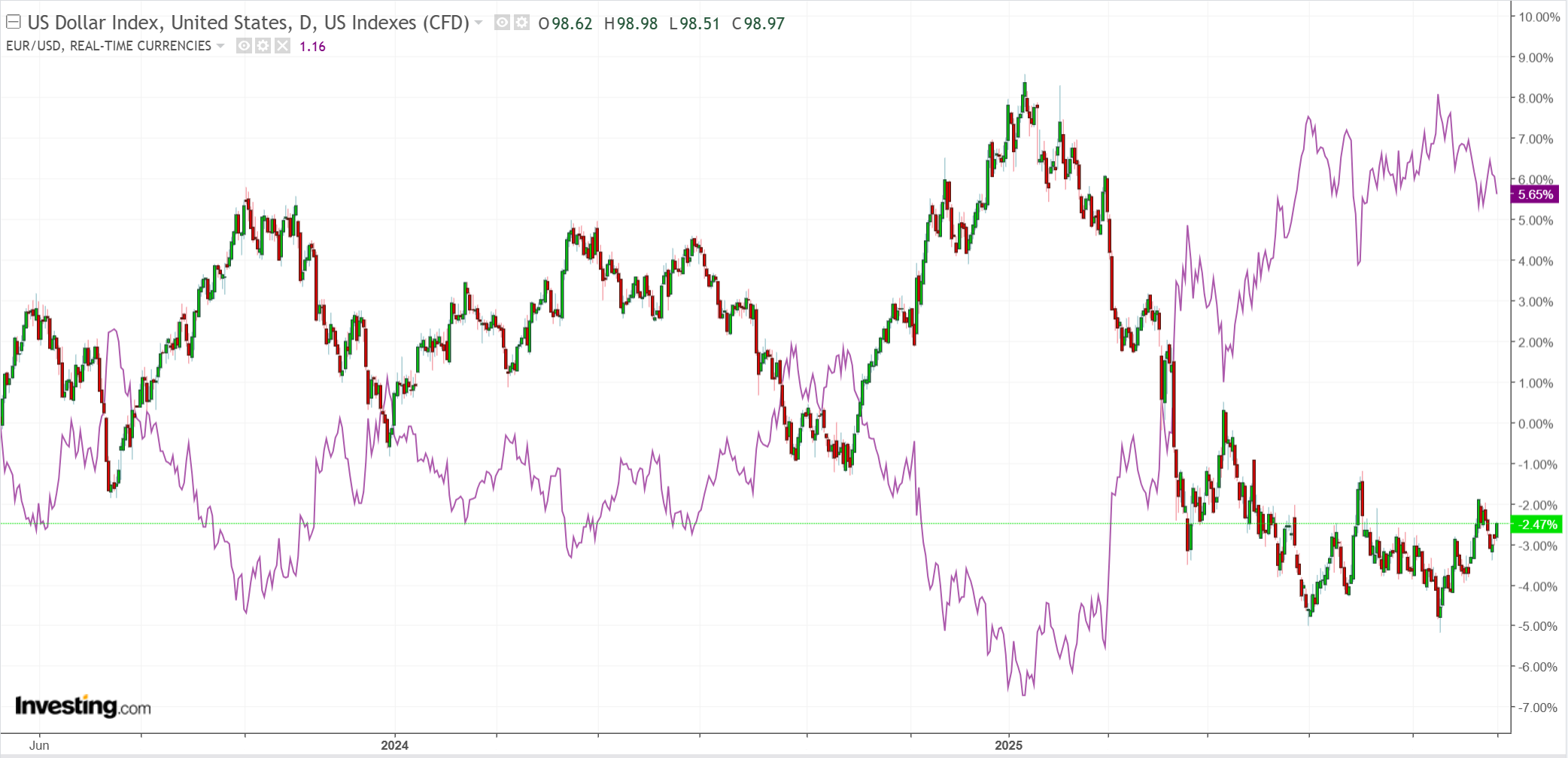
AUD is not out of the woods.
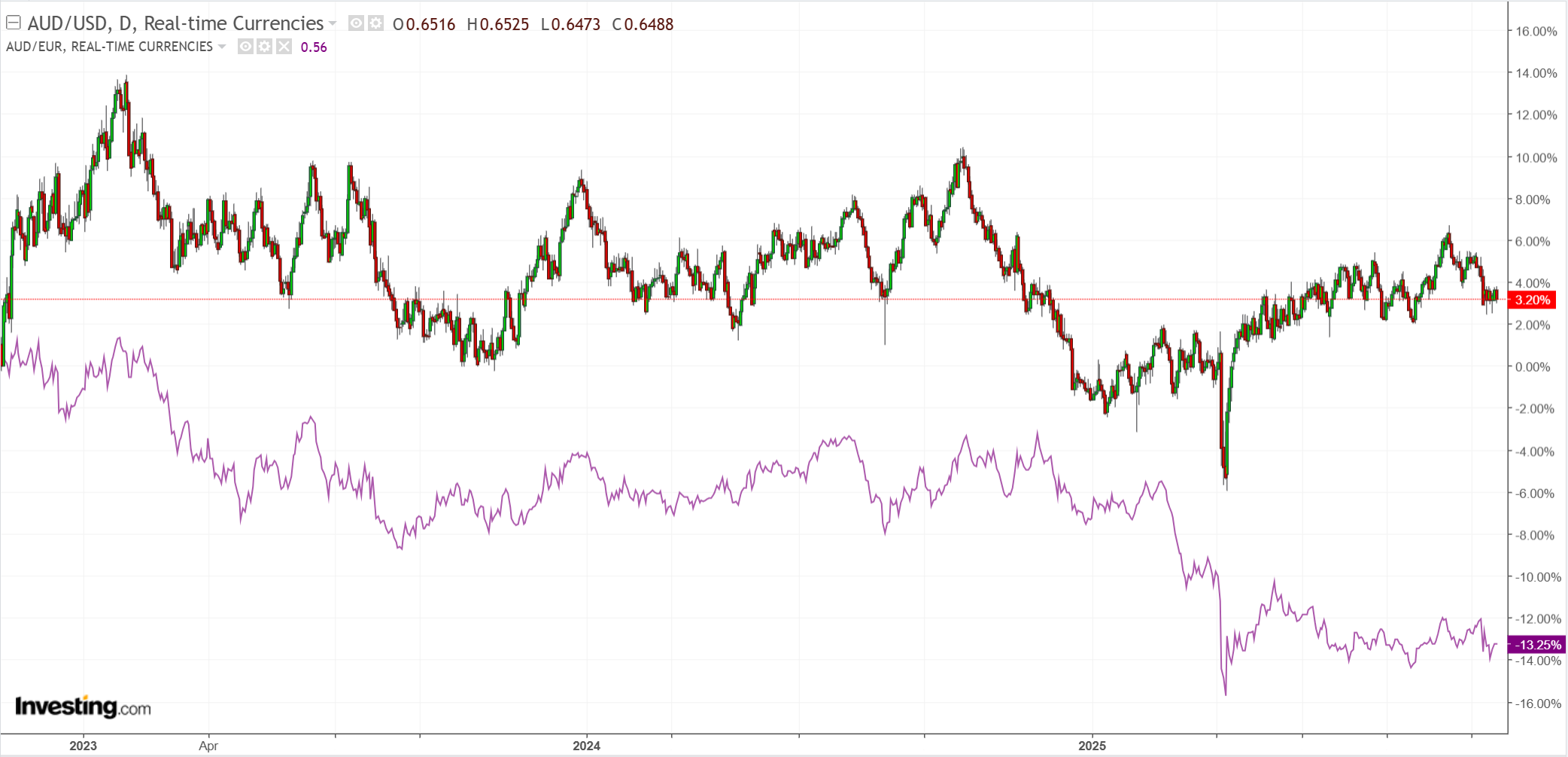
CNY sideways.
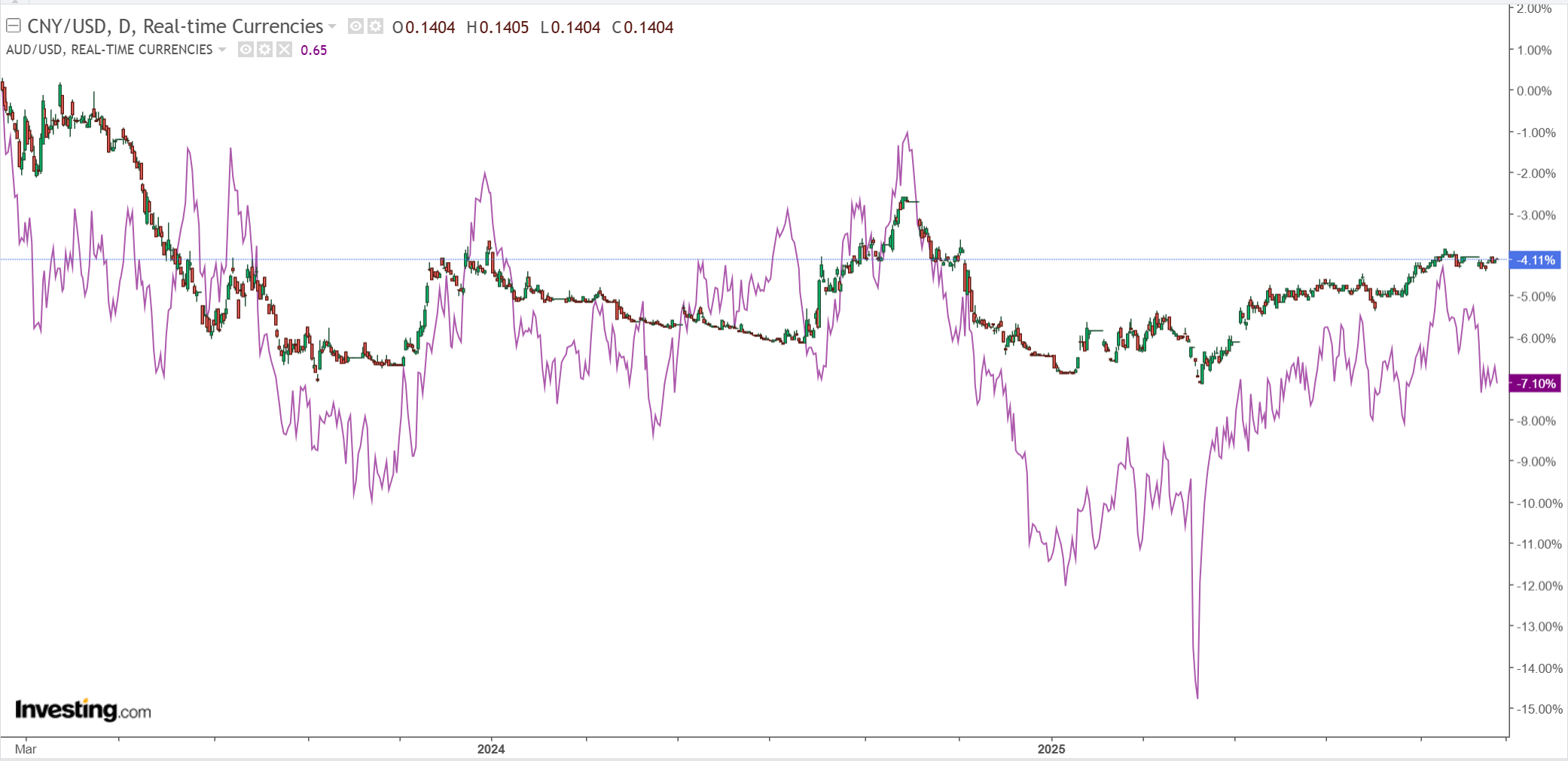
Gold hammer. As I keep saying, for a safe haven, gold is very volatile.
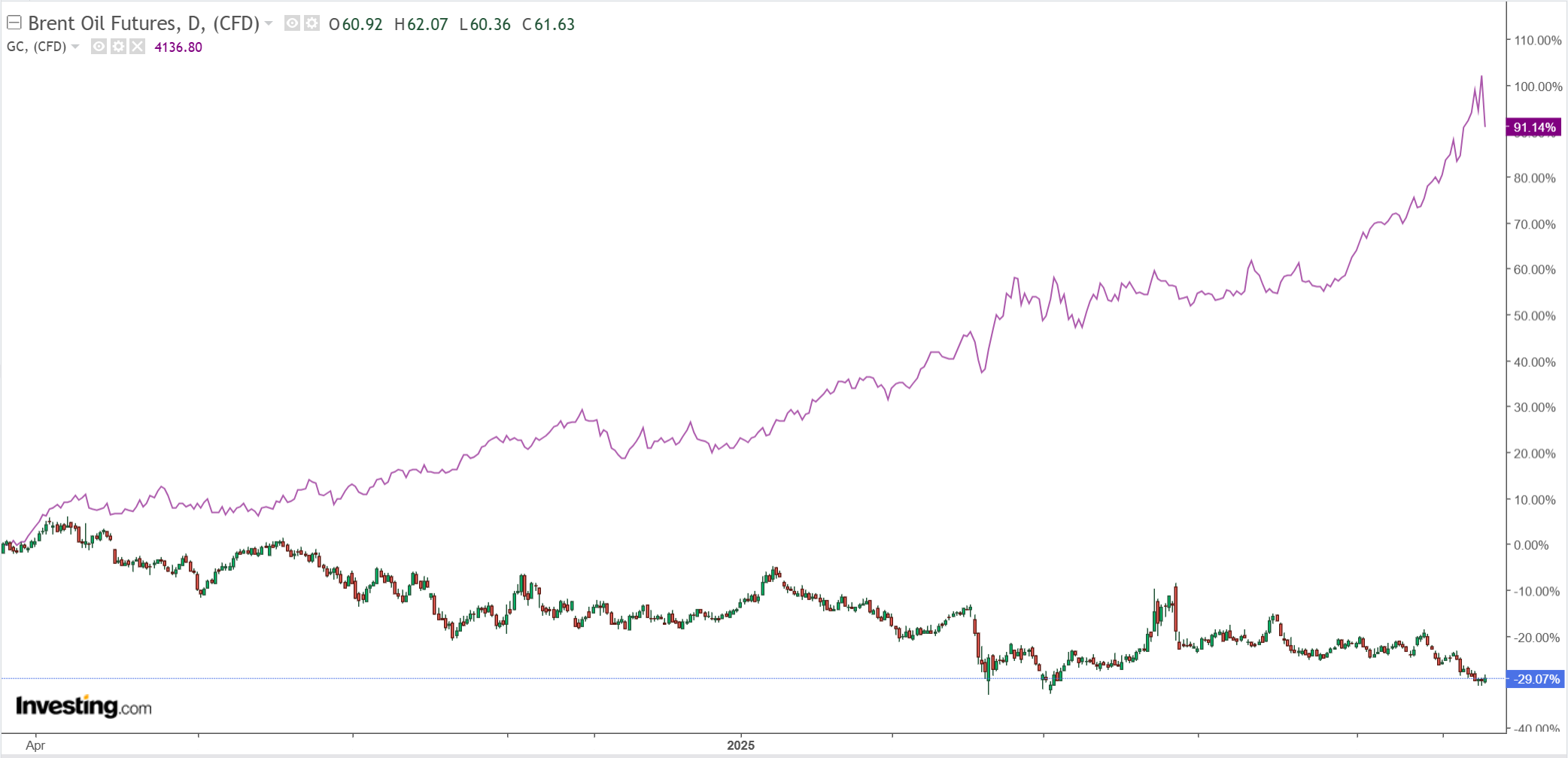
AI metals hit too.
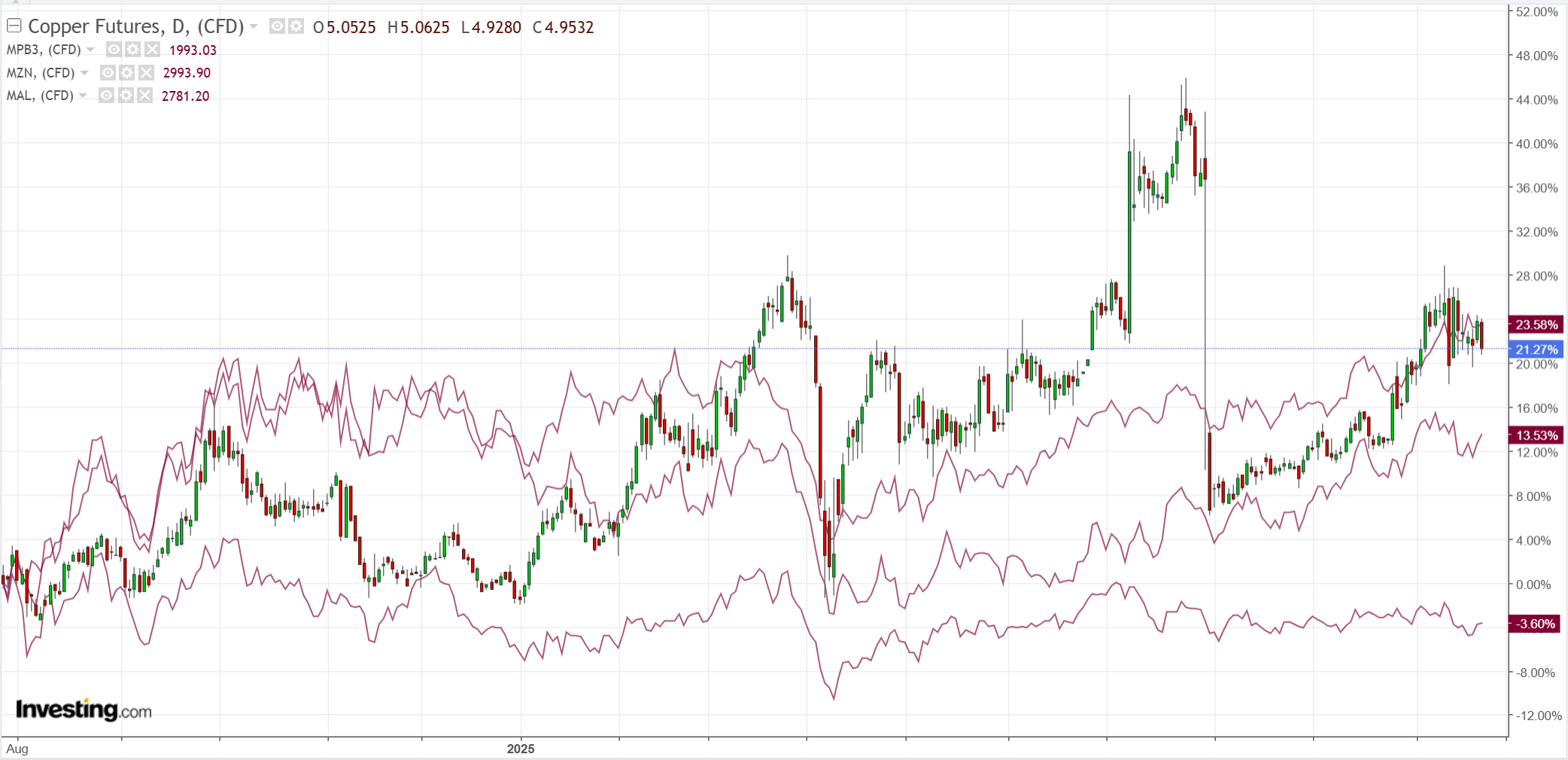
Is the big bear over? In AUD, yes.
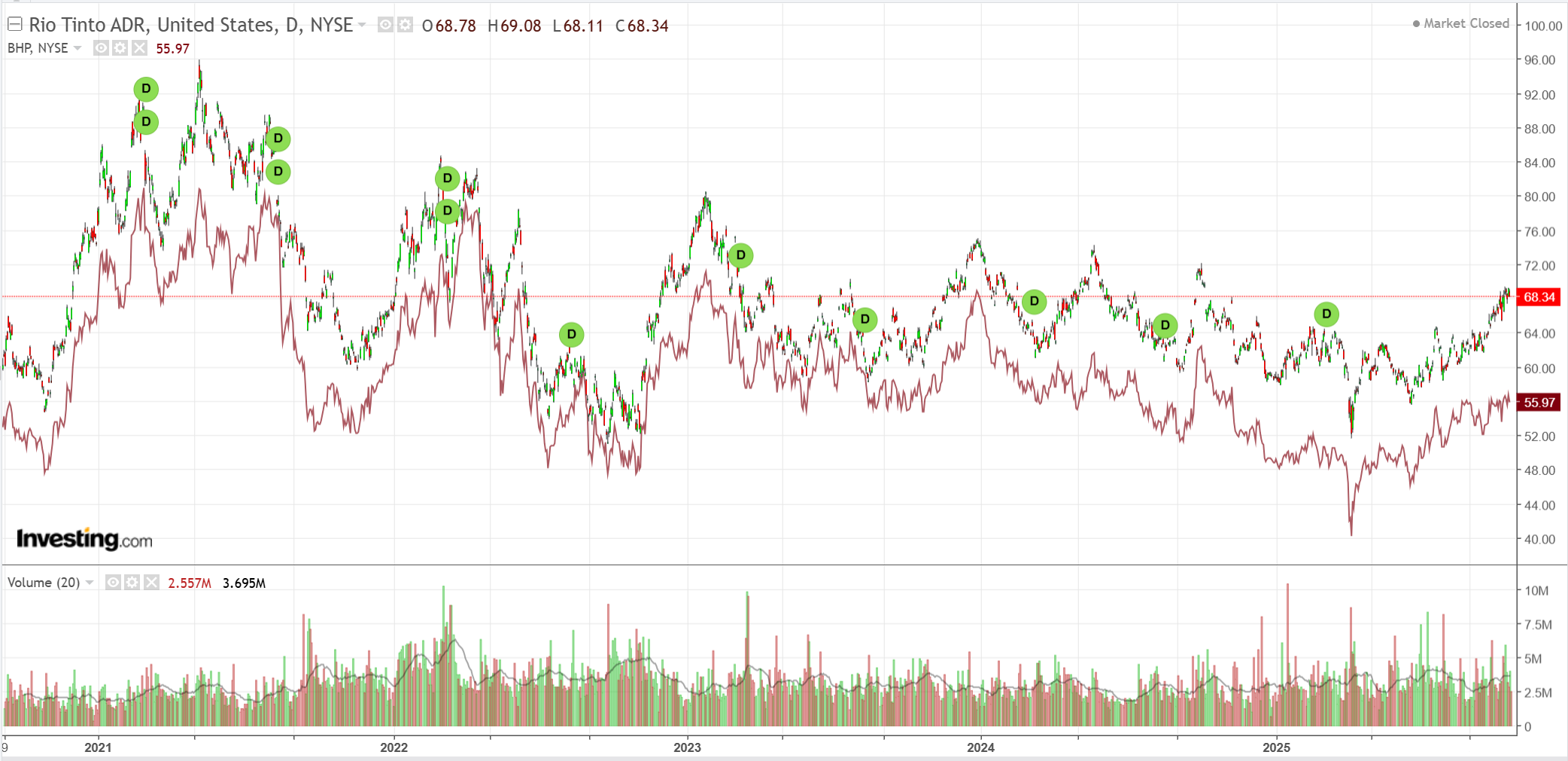
EM reversed.
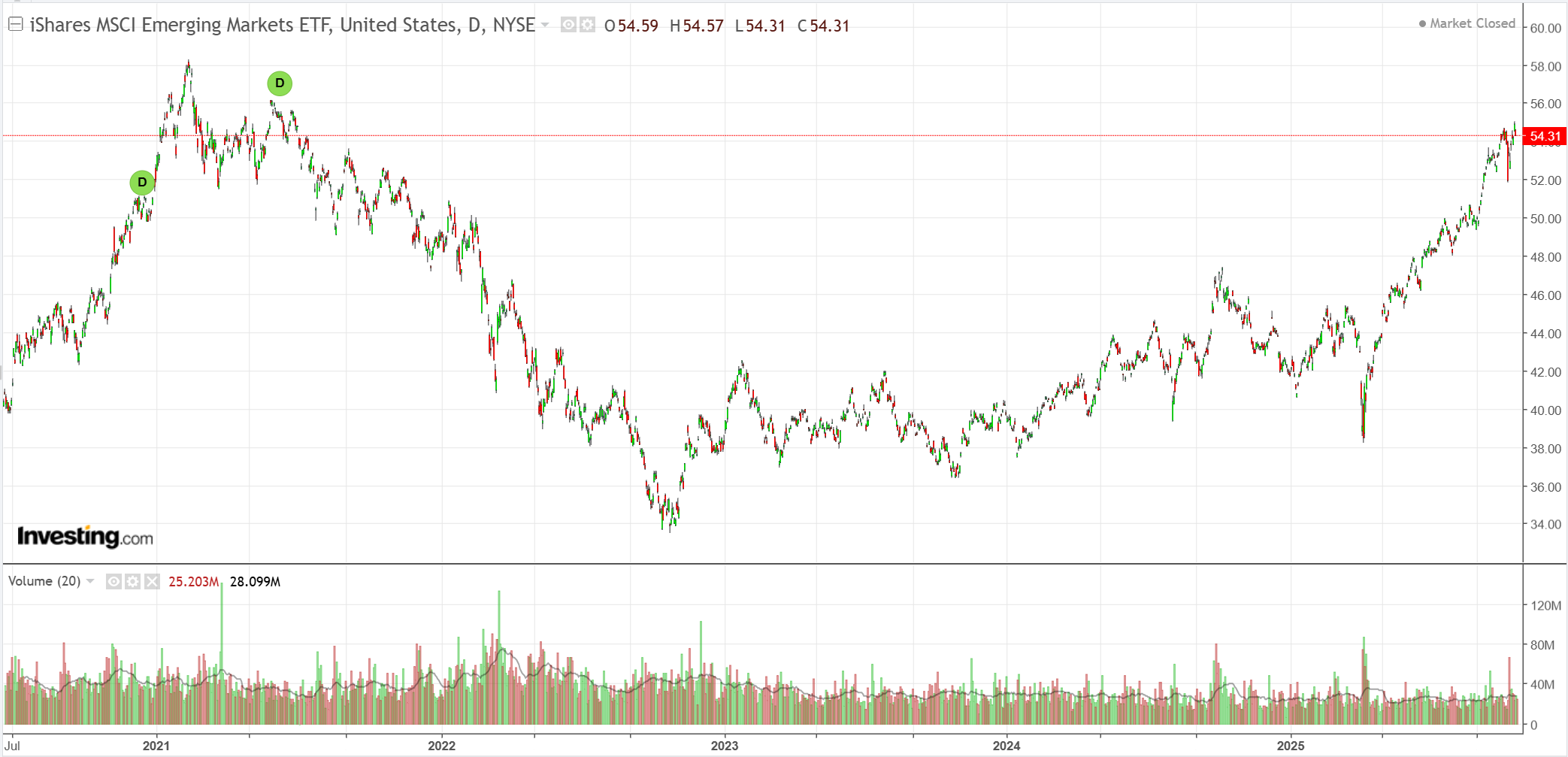
Junk is still struggling.
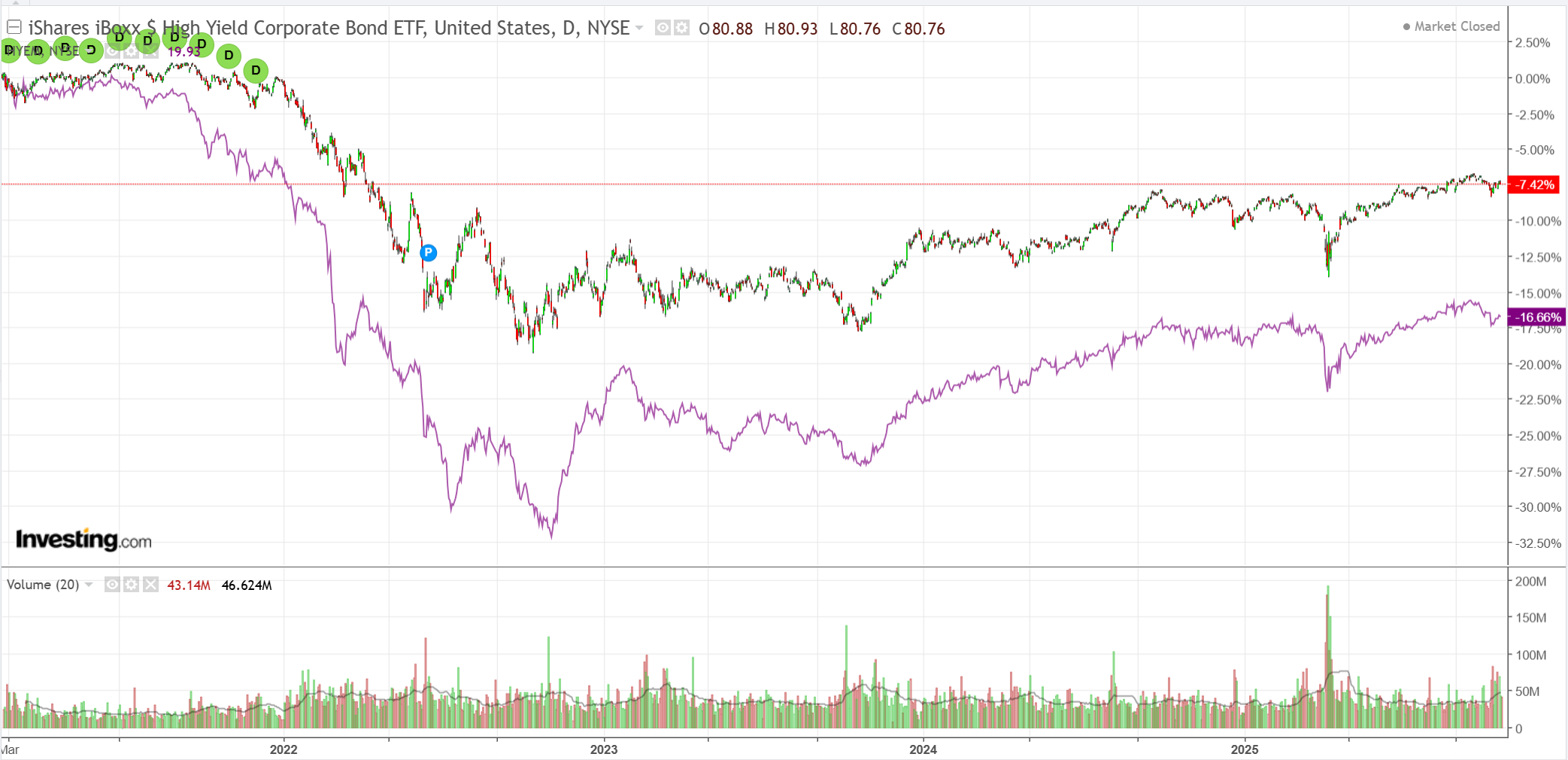
Bonds are bidly.
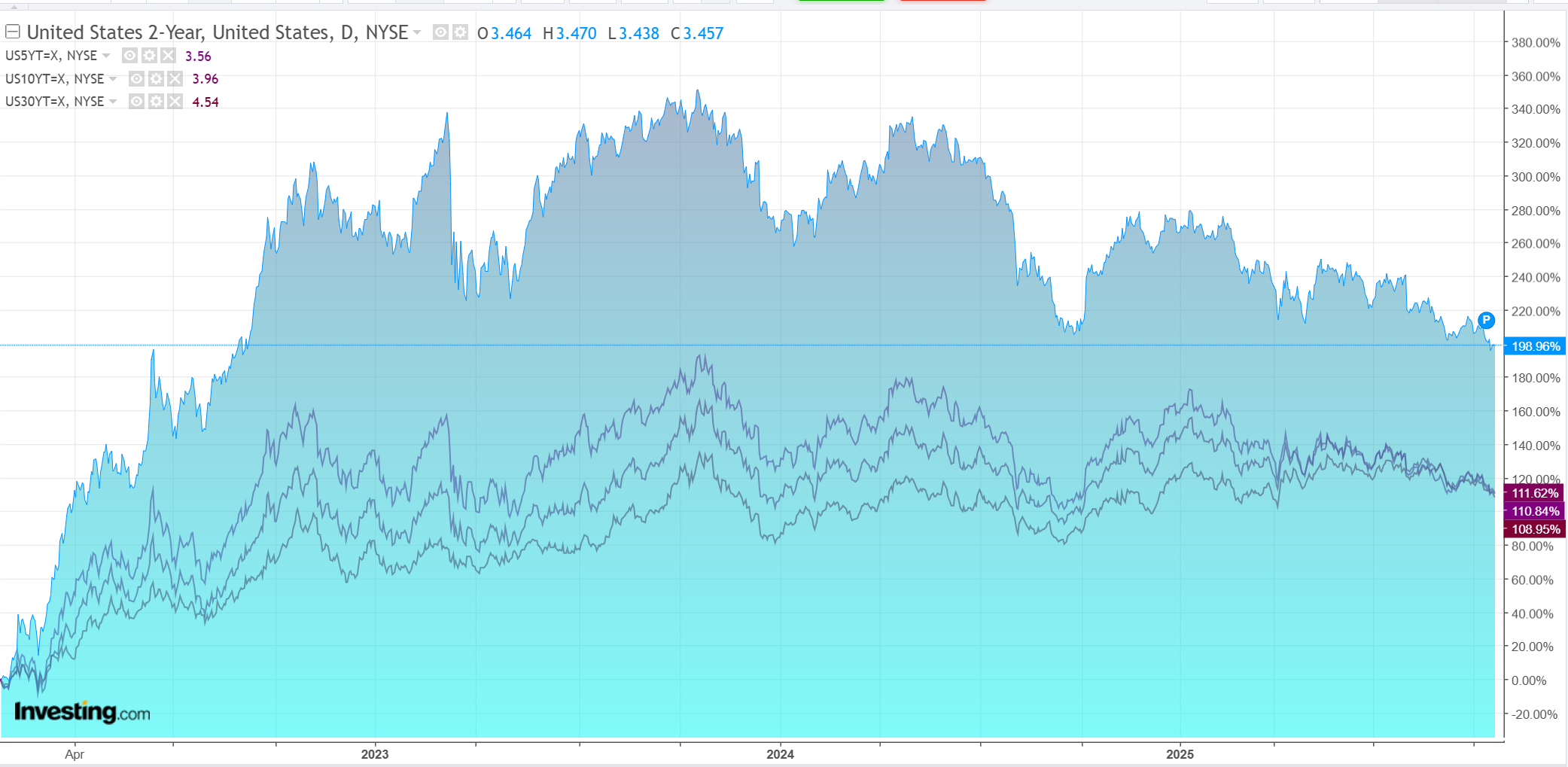
Stocks struggled.
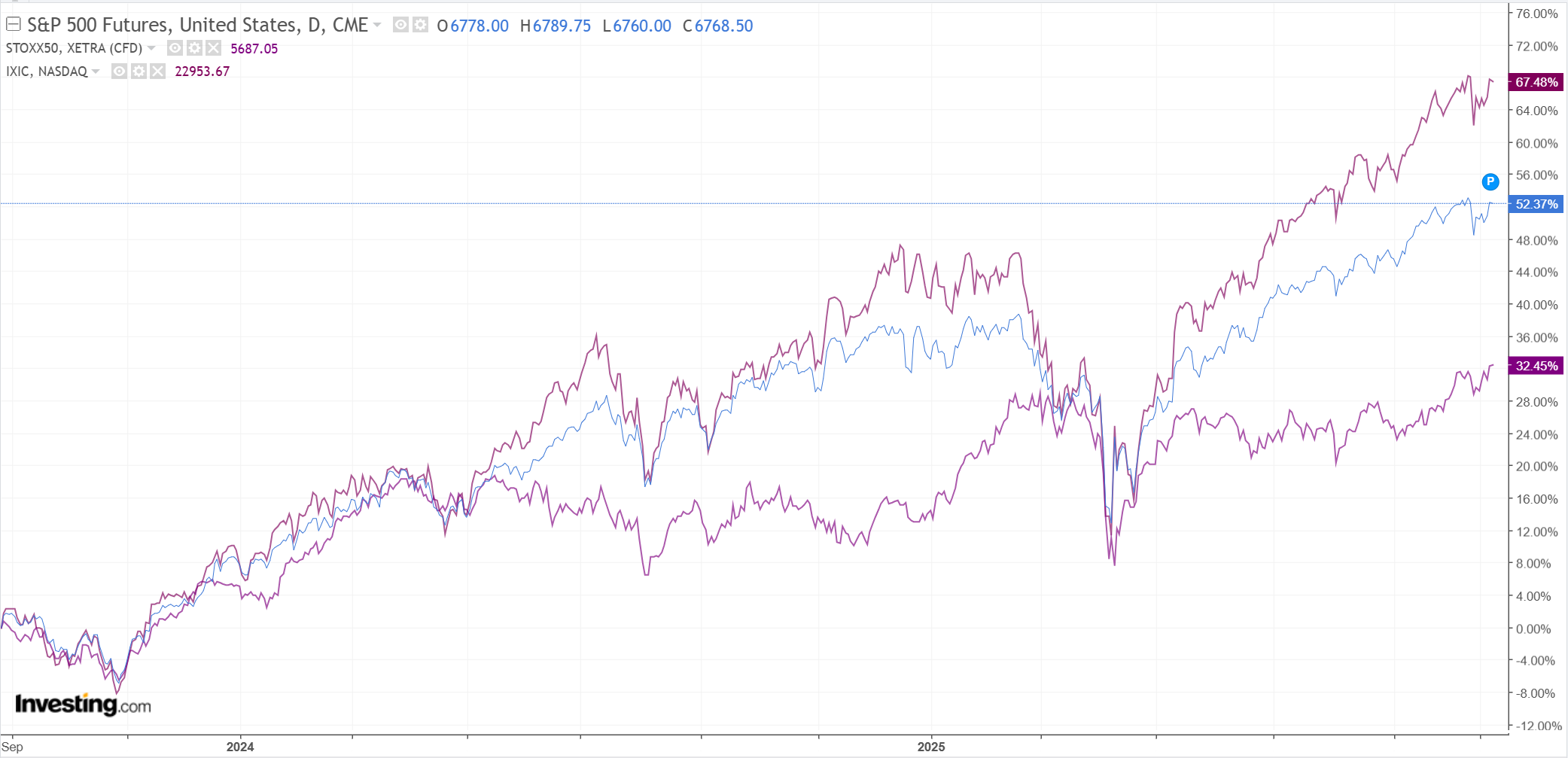
Are we late cycle with credit cracks showing in US banks as inflation persists? Or are we in an early cycle as the Fed moves to cut?
The question matters a great deal to forex. Credit Agricole has more.
The USD smile is back…but it’s complicated
In recent days, we saw the return of the USD smile that links the currency’s outlook to (1) the strength of market risk sentiment; and (2) the magnitude of its relative rate advantage.
The two drivers often had a conflicting impact on the USD, however, because escalating risk aversion boosted the safe-haven appeal of the USD while making investors more dovish on the Fed and thus eroding the USD’s relative rate advantage.
As a result, the latest market scare about the health of US regional banks was net negative for the USD, at least initially, because the dominant FX market driver seemed to be the build-up of dovish market Fed expectations.
Similarly, growing hopes that the latest trade spat between the US and China would be resolved has given risk sentiment a boost but also encouraged investors to pare back their dovish Fed expectations at the start of last week.
The USD was able to gain some ground as a result.
The “USD smile” is the idea that early cycle dynamics push DXY lower as the Fed cuts and relative growth favours the rest of the world.
As the cycle matures and inflation firms with asset prices, the Fed hikes and DXY begins to rise.
The AUD is the opposite of these trends, notably because global growth is amplified by commodity price moves.
This cyclical picture is complicated by structural deterioration in the global economy via geopolitics and the tailwind of the AI boom.
So, where are we?
I characterise today as an early cycle within a major structural shift to lower growth in the global economy.
This is AUD cyclically bullish, but with unusually strong structural headwinds preventing the full expression of the cycle.
So, we are still in the US dollar smile paradigm, but it will be shallower than usual, and so will inverse AUD movements.
That is, we are still biased upwards but painfully slowly.

